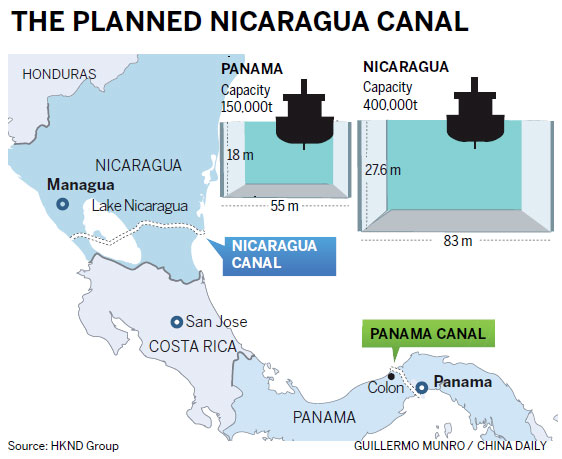Attorneys for BLM Activist Try to Get Officer’s Lawsuit Dismissed
An attorney for Black Lives Matter activist DeRay Mckesson urged a federal judge Monday to dismiss a lawsuit by an unnamed Baton Rouge police officer who claims he was injured during a protest four days after the deadly police shooting of Alton Sterling in the city.
A lawyer for the officer, however, asked Chief U.S. District Judge Brian Jackson to allow the suit to move forward and for the officer who filed it to remain anonymous for health and safety reasons.
Jackson took the arguments under advisement and said he would issue a ruling in the coming days, the Advocate reports.
Billy Gibbens, who represents Mckesson argued the suit against Mckesson should be thrown out because it makes only unsupported, speculative allegations.
Donna Grodner, one of the officer’s attorneys, acknowledged in court that it is not known who threw a piece of concrete at the officer, causing him to lose teeth and suffer other injuries during the July 9 protest outside Baton Rouge Police Department headquarters.
The suit, filed in November, alleges Mckesson came to Baton Rouge in July “for the purpose” of “rioting to incite others to violence against police and other law enforcement officers.”
Meanwhile in November of 2016 at a Baton Rouge City Council meeting this happened:
Protesters arrested in July after the police shooting of Alton Sterling should each get a few hundred dollars in a settlement, but that didn’t sit well with one of the council members Tuesday night.
“To me, this encourages that same type of behavior to happen again in the future, and under no circumstances will I ever vote for this. I don’t care if we’re paying them a penny. This sets a very dangerous precedent that encourages people to come to Baton Rouge. Mr. McKessen is from out of state, many of these people are from out of state or out of city, to come to our city and protest in our city and then we’re paying them for the privilege of doing so. No thanks,” said Delgado.
Despite objections from John Delgado, the city government, Louisiana State Police, the East Baton Rouge Sheriff’s Office, and District Attorney’s office all plan to split the payout amongst the protesters, rather than risk a trial.
What is DeRay McKesson doing now? Well, he is on the advisory board of the Democrat National Committee under Tom Perez. Beyond that, DeRay is still quite busy with ‘Campaign Zero’.
The Grio reports: Campaign Zero, an anti-police violence resource, launched an online tool that will help activists see where laws that would threaten civil rights are being considered on a state-by-state basis.
The tool, called “Our States,” which was previewed exclusively by Mic, breaks down state proposals and bills that would hurt minorities. The goal is to take the focus off of the federal-level attempts by the Trump administration to enact their promises and to put the focus on Republican-controlled state and local governments that are already moving forward.
“The purpose of Our States is to ensure that citizens know the legislation being proposed in their respective state, so that they can mobilize to either support or oppose it,” activist and Campaign Zero co-founder Deray Mckesson said in a statement to Mic. “The stakes are high.”
“In many of these states, you have Trump’s agenda already being legislated,” Sam Sinyangwe, the data scientist behind Campaign Zero and lead coordinator of the Our States project, said. “If we don’t engage in the states to block them, it will in effect enact Trump’s agenda, despite our efforts to stop it in Washington.”
The website not only provides data on a state-by-state basis for immigration, policing and protest, reproductive justice, voting rights and LGBTQ equality; it also includes suggested strategies to influence change, such as face-to-face meetings and protests.
“Our States is created out of the realization that, in the conversation that we’re having about equity and justice, state level politics rarely comes up in that conversation,” Sinyangwe said in the interview. “If we’re going to block [Trump’s agenda] from happening, we’ve got to create avenues for people to get informed.”





 PBS
PBS BBC
BBC



